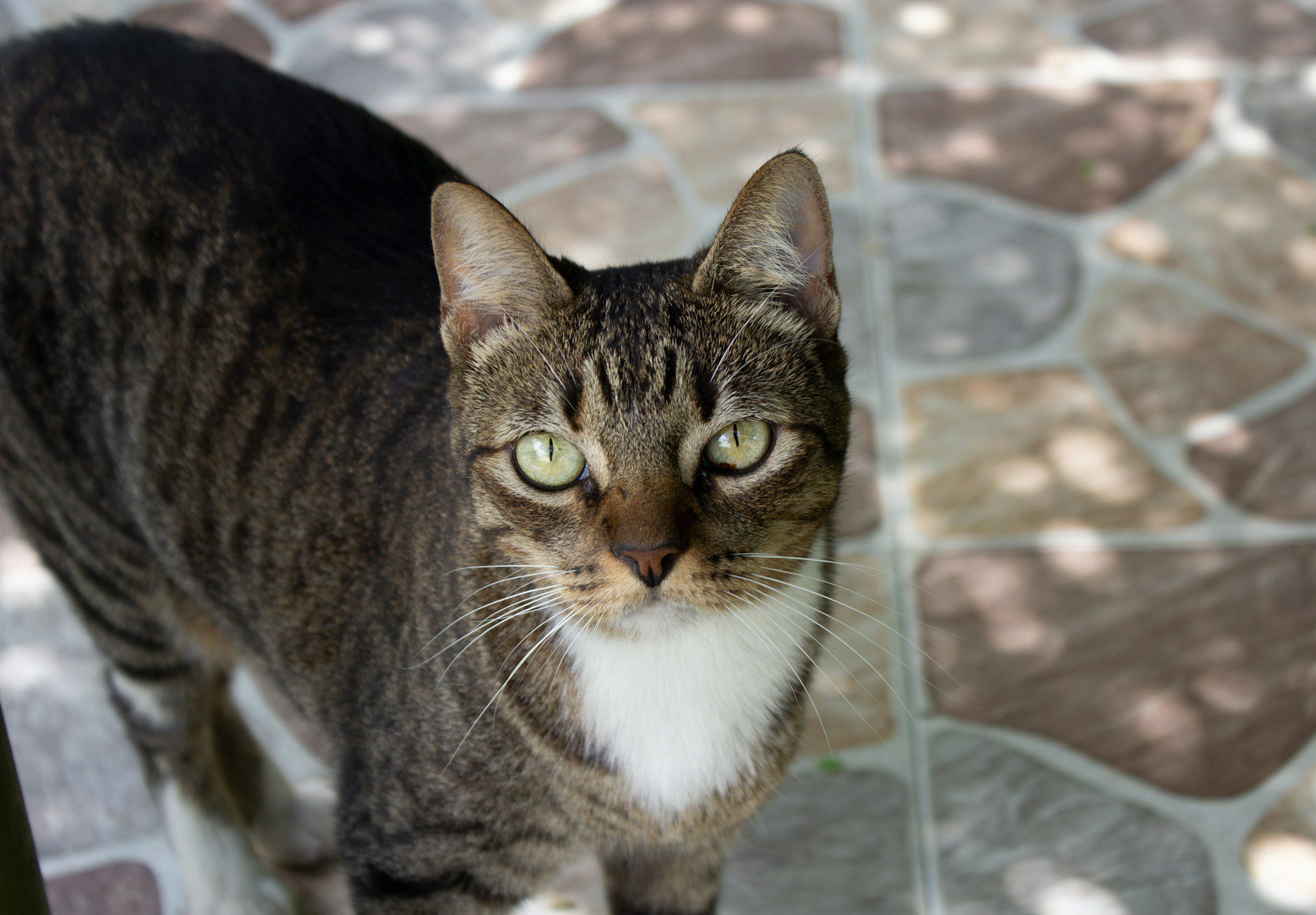Pica in dogs is a perplexing and potentially harmful condition where canines feel compelled to ingest non-food objects such as rocks, dirt, or even clothing. Unlike normal chewing behavior, which is common in puppies exploring their environment, pica signals a deeper medical or behavioral issue that should never be overlooked. Some experts link pica in dogs to nutritional deficiencies, while others point to anxiety, boredom, or underlying medical conditions as possible triggers. Observing unusual eating habits in any dog is crucial, as foreign materials can damage teeth, cause intestinal blockages, and lead to infections. Early detection is vital, and veterinary professionals often recommend a comprehensive evaluation, including blood tests and diagnostic imaging, to rule out any hidden causes. By understanding the factors behind pica in dogs, pet owners can better identify warning signs, prevent complications, and ensure their furry companions remain happy, healthy, and free from potentially serious life-threatening hazards.
Have you ever come home to find that your canine pal has chewed up your sofa, or eaten your shoes? This may extend beyond Fido’s natural need to chew. There is actually a specific name for this behavior: pica. The whats, whens, and whys of pica in dogs can vary widely. A local vet provides some information on it below.
Eating Grass
Eating grass is one of the most common forms of pica in dogs. There are several possible reasons for this. Fido may be trying to get relief from an upset stomach, or he may be trying to compensate for a nutritional imbalance, which may have manifested as a craving. While most grass isn’t dangerous in and of itself, many plants are. Plus, a lawn treated with pesticides or chemicals is definitely not safe for your pooch to eat. Your furry pal could also pick up parasites.
Fido Ate What?
If Fido snacks on your lawn, it isn’t usually going to be an emergency. Unfortunately, though, pica isn’t limited to grass. Our canine friends have been known to eat all sorts of things. Underwear and socks are two common items. Man’s Best Friend has also eaten rocks, nails, toys, screws, batteries, watches, and, of course, homework, to name just a few. As one can imagine, these things are definitely not safe for your furry friend. Some can cause intestinal damage, blockages, or choking. Others, such as batteries, are highly toxic. In some cases, dogs’ ‘snacks’ will pass out the usual way. However, some cases may become life-threatening, requiring surgical intervention. Call your vet immediately if you suspect or know your dog has eaten something he shouldn’t have.
Treatment
Having Fido examined by a vet is the first course of action in pups with pica. It’s important to determine if your pooch has health problems or nutritional issues. Thyroid issues, diabetes, and malnutrition are a few possibilities. Your vet may recommend putting Fido on medication, supplements or changing Fido’s diet.
Pica in dogs can often stem from mental or emotional issues, such as stress, fear, or loneliness. Ensure that your dog has enough playtime and access to toys, and make time to bond with them regularly. Additionally, puppyproofing your home is crucial to prevent your dog from ingesting non-food items. For more tailored advice on managing pica in dogs, consult your veterinarian.
Understanding Pica Manifestations in Different Dog Life Stages in 2025
How does pica manifest differently in puppies versus adult dogs?
Pica in puppies often presents as indiscriminate eating during their exploratory phase, which may include chewing on and sometimes ingesting inedible objects like socks or small toys. This behavior is partly due to their natural curiosity and teething process. In contrast, pica in adult dogs can indicate more serious health issues, such as nutritional deficiencies, gastrointestinal problems, or even behavioral issues linked to stress or anxiety. While puppies may outgrow this behavior with proper training and puppyproofing, persistent pica in adult dogs typically requires veterinary intervention to address underlying causes.
What role do basket muzzles play in management?
Basket muzzles can be an effective management tool for dogs with pica, a condition where dogs eat non-food items. These muzzles allow dogs to breathe and pant comfortably while preventing them from ingesting harmful objects such as rocks, batteries, and toxic plants. While not a substitute for addressing underlying causes of pica, such as nutritional deficiencies or emotional distress, basket muzzles provide a temporary safeguard during supervised activities, reducing the risk of gastrointestinal injuries or poisoning from ingested items.
When is surgical intervention necessary?
Surgical intervention becomes necessary when a dog with pica ingests items that risk severe internal injury, gastrointestinal obstruction, or toxicity that cannot be treated with simpler measures. Examples include sharp or large objects that could puncture the intestines, cause choking, or contain hazardous materials (like batteries). If a veterinarian suspects a blockage or perforation based on X-rays or other diagnostic tests, immediate removal of the foreign object by surgery may be required to prevent complications. Early detection and prompt treatment often improve outcomes and reduce recovery time for the affected dog.
How does pica relate to attention-seeking behavior?
Pica in dogs can sometimes be an attempt to get more human interaction. If a dog learns that chewing or ingesting non-food items elicits a strong response, it may repeat the behavior to secure attention. Dogs struggling with boredom, loneliness, or stress may also turn to pica as a way to cope or communicate their needs. Recognizing these underlying factors is crucial for addressing the root cause of this behavior. Ensuring engaging playtime, mental stimulation, and regular social contact can help steer a dog away from destructive ingestion and toward healthier outlets.
What role do specific medications like prednisone or phenobarbital play?
Pica in dogs involves consuming non-food items, which can lead to various health risks, including intestinal blockages and toxicity. Medications like prednisone or phenobarbital may be prescribed as part of treatment for underlying conditions contributing to pica. Prednisone can help manage inflammatory conditions, whereas phenobarbital is used for controlling seizure activities, which might indirectly affect a dog’s chewing behavior. It’s crucial to address the root cause of pica, whether it’s nutritional deficiencies, behavioral issues, or health-related problems, under the guidance of a veterinarian.
Do you have more questions about your dog’s health or care? Contact us, your animal clinic in Bloomington, CA, today.



